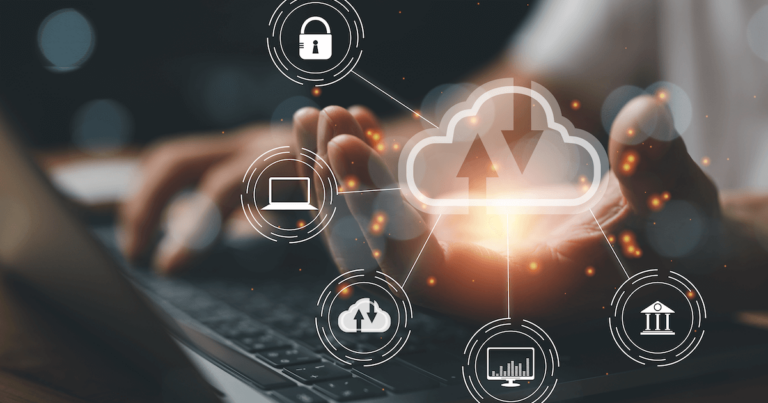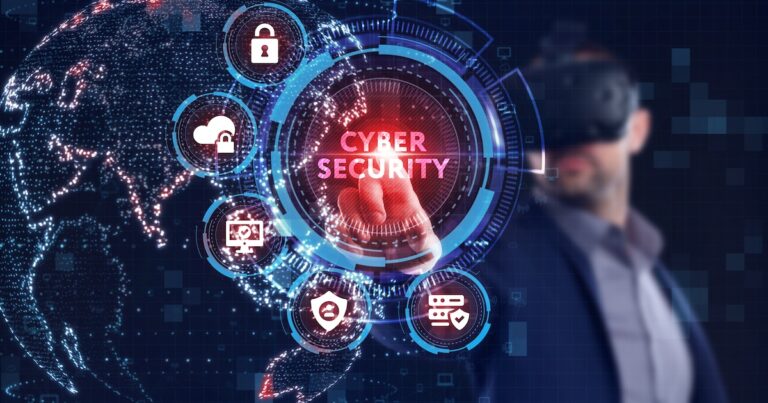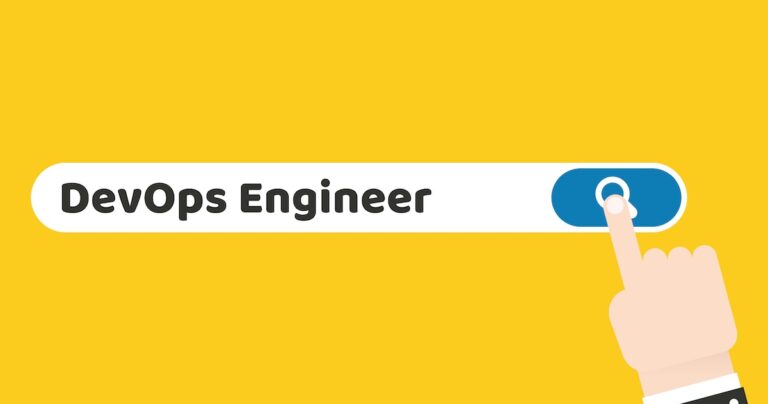Multitenant architecture, commonly referred to as multitenancy, is about designing systems in such a manner that they are “shared.” It is a core tenant of cloud computing and offers substantial benefits to cloud service providers, organizations, and end-users. It has taken the cloud computing model beyond efficiency and cost optimization. But it inevitably associates risks, especially related to security. Henceforth, it’s essential to understand the nuances of multitenant architecture well.
This blog post will discuss the concept of multitenant in cloud, concerns it raises related to system security, and effective countermeasures for managing multitenant environments.
An Introduction to Multitenant Architecture and Its Role in Cloud
Multitenancy in the cloud means multiple users or tenants share the same instance of cloud software applications. When a program runs, this instance will simultaneously serve every tenant. The shared architecture follows the “data isolation” principle; hence tenant’s data is kept separate and invisible to each other.
As it promotes fewer system resource usage, multitenancy supports economies of scale. It reduces hardware idleness; one user runs a program while others are inactive. Since a single instance fulfills multiple users’ requirements, cloud providers save money on buying and maintaining hardware and software licenses.
Because the instance is already configured and live, users save themselves from the initial setup of the application. Moreover, the cloud service provider takes care of software updates and upgrades, making it a dominant choice among small businesses and startups with no dedicated IT staff.
Despite being popular, multitenancy is not a good choice for every customer. Due to the sharing model, there is an increased chance of private data falling into the wrong hands. Breach of security on one user’s applications also subjects others to risk. Additionally, users didn’t get exclusive access to their own application in a multitenant environment. One tenant can experience a slowdown when another is taxing the system with heavy use.
Giving up control over their own software, users are left with fewer options for customization. There are some other concerns multitenant architecture poses, like when a cloud provider upgrades to a new and untested software version, though it does not happen that easily, could cause complications for the customer’s workflow. Whereas, when a user requires to update software, it is ultimately the cloud provider that takes the call. Backup and restoration also become more complicated.
How To Optimize A Multitenant Environment With A Strong Security Posture
Security is the first and foremost concern of all firms serious about enterprise data, applications, customer satisfaction, and compliance requirements. Cloud computing model as multitenant architecture associates security risks because CSPs are implementing MTA, however, there are ways to prevent risks related to security.
(Put an end to the question of why implementing security posture is important in cloud and how it is performed?)
Here is a series of prescriptive steps that IT teams can follow in evaluating and managing the privacy and security concerns in a multitenant cloud system.
1. Establish effective governance and compliance processes
You should ensure that the firm has adequate privacy, security, and compliance policies that guide and protect the tenant’s corporate assets and intellectual property.
2. Invest in third-party Business and Operation Audits
You can opt for an independent party audit to check the compliance of IT systems, especially those systems being used to host application and tenants’ data. It helps you have a second perspective and ensures that everything complies with the industry, corporate, and government policies and requirements.
3. Implement a strong access control and identities
Establish a formalized system for managing who would have access to the resources to store, transmit, and execute customer applications and data.
4. Isolation and encryption
Enforce encryption policies to secure multi-tenancy and effectively isolate each tenant’s data and critical applications. Use different encryption and security control based on tenants’ assets for better protection.
5. Enforce Data Loss Prevention
You can use data loss prevention software that monitors the outgoing data transmission and blocks the transmission if it detects data being breached as a prevention mechanism. Enforcing data loss prevention policies block hackers and malware from accessing and downloading the data.
Conclusion
Multitenancy is a double-edged sword offering economies of scale at the cost of security breaches. However, one can leverage the advantages of multitenancy by becoming aware of these risks and becoming intentional in implementing appropriate countermeasures.




